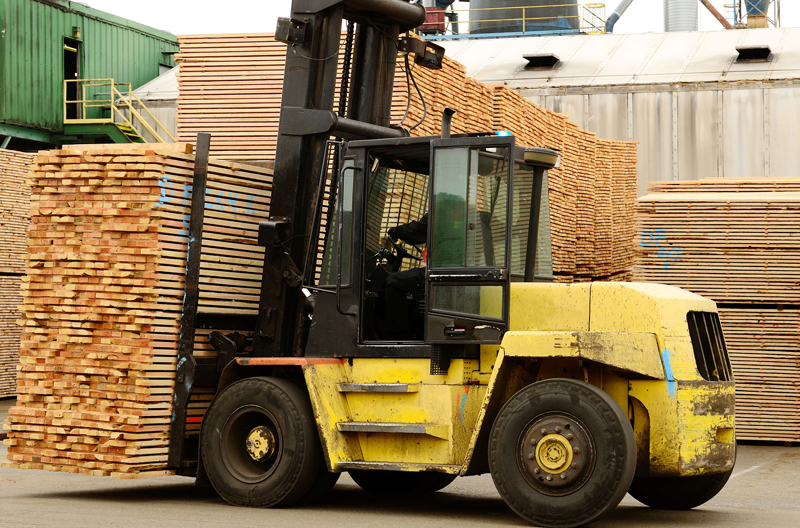Operating a forklift is in an entirely different league than operating a regular vehicle. In 2019, forklift-related accidents accounted for 79 fatalities and 8,140 nonfatal work-related accidents according to the National Security Council. The following accident breakdown provides complete accident data for forklift operation fatalities and percentage of their occurrence, courtesy of OSHA.
- Crushed by tipping vehicle – 42%
- Crushed between vehicle and a surface – 25%
- Crushed between two vehicles – 11%
- Stuck or run over by the vehicle – 10%
- Struck by falling materials – 8%
- Fall from platform on forks – 4%
- Accidental activation of controls – 2%
OSHA estimates that as high as 25% of forklift-related injuries are caused by inadequate training. Forklift accidents can force companies to incur additional expenses due to damage to products or property. In addition, injuries incurred to employees can leave the employer responsible for covering hospital, recovery, and other work-related injury expenses, if not properly insured.
What can you do to ensure proper forklift safety in your operations?
Identify The Hazards
In the lumber and building material industry, there are an abundance of hazards that can impact the safety of one’s operation. It is critical to identify some of the most common hazards to ensure proper safety measures can be met.
- Speeding – Set a speed limit while operating forklifts and consistently enforce the posted limit.
- Moving while the load is elevated – A fork should stay on rest to safely move from destinations while carrying loads.
- Unaware pedestrians – To ensure maximum safety, remind and enforce all operators and employees to steer clear from forklift paths and to be vigilant of their surroundings.
- Loads exceeding weight limits – Excessive load weight can damage equipment but also cause forklifts to overturn.
- Inadequate training – Ensure operators are knowledgeable on how to turn, back up, and use the brakes.
Establish a Culture of Safety
Establishing a culture goes beyond publishing what protocols need to be accomplished, it comes down to carrying out these practices and giving your employees the tools to implement procedures on a day-to-day basis.
- Only trained, authorized drivers should be allowed to operate forklifts.
- All new drivers must be fully trained by a supervisor or qualified employee as to the operational and safety features of the vehicle.
- Reinforce training with experienced drivers by holding periodic sessions and review of operating rules, especially when new equipment is purchased or there is some change in the yard conditions or operations.
- Designate someone with authority to supervise forklifts operations making sure that company policies and safe operating procedures are followed.
Connect with Your Insurance Experts – Use Your Resources
PLM is your lumber and building material industry leader in insurance solutions. With over 125 years of experience, PLM is here to provide you with resources to help improve the safety of your operations. Find ways to better your operations safety procedures with our Loss Control Center or locate your local Loss Control Representatives for consultative services or to schedule forklift training today.

